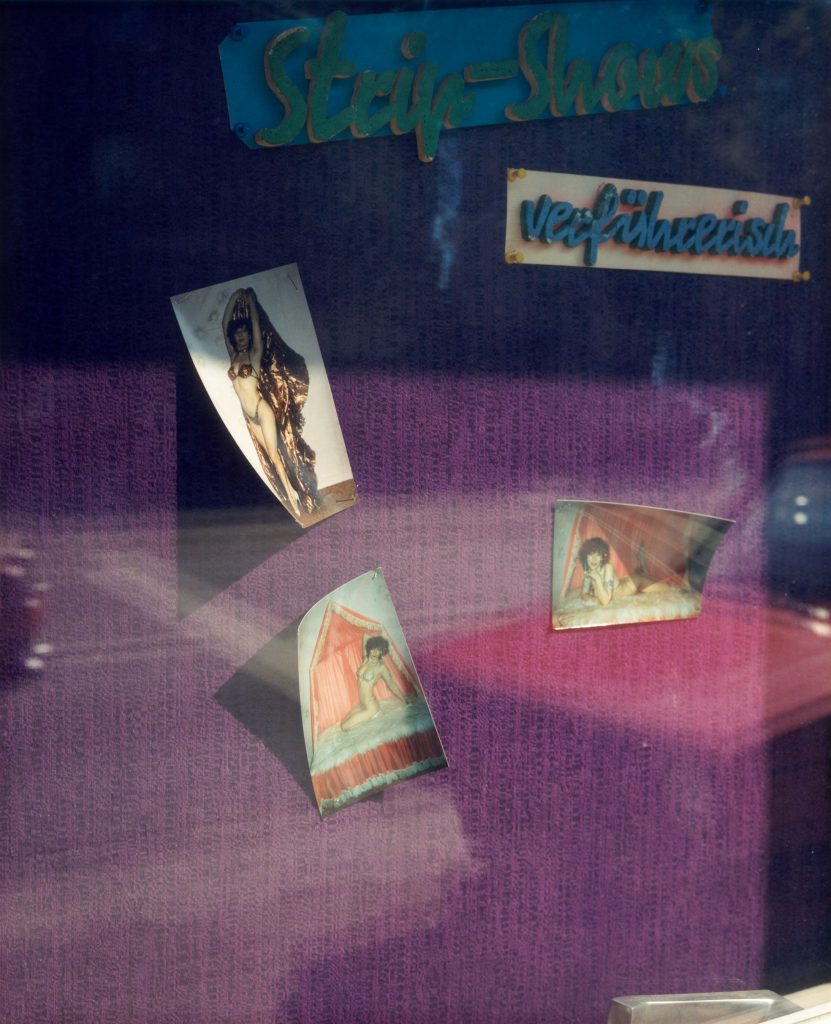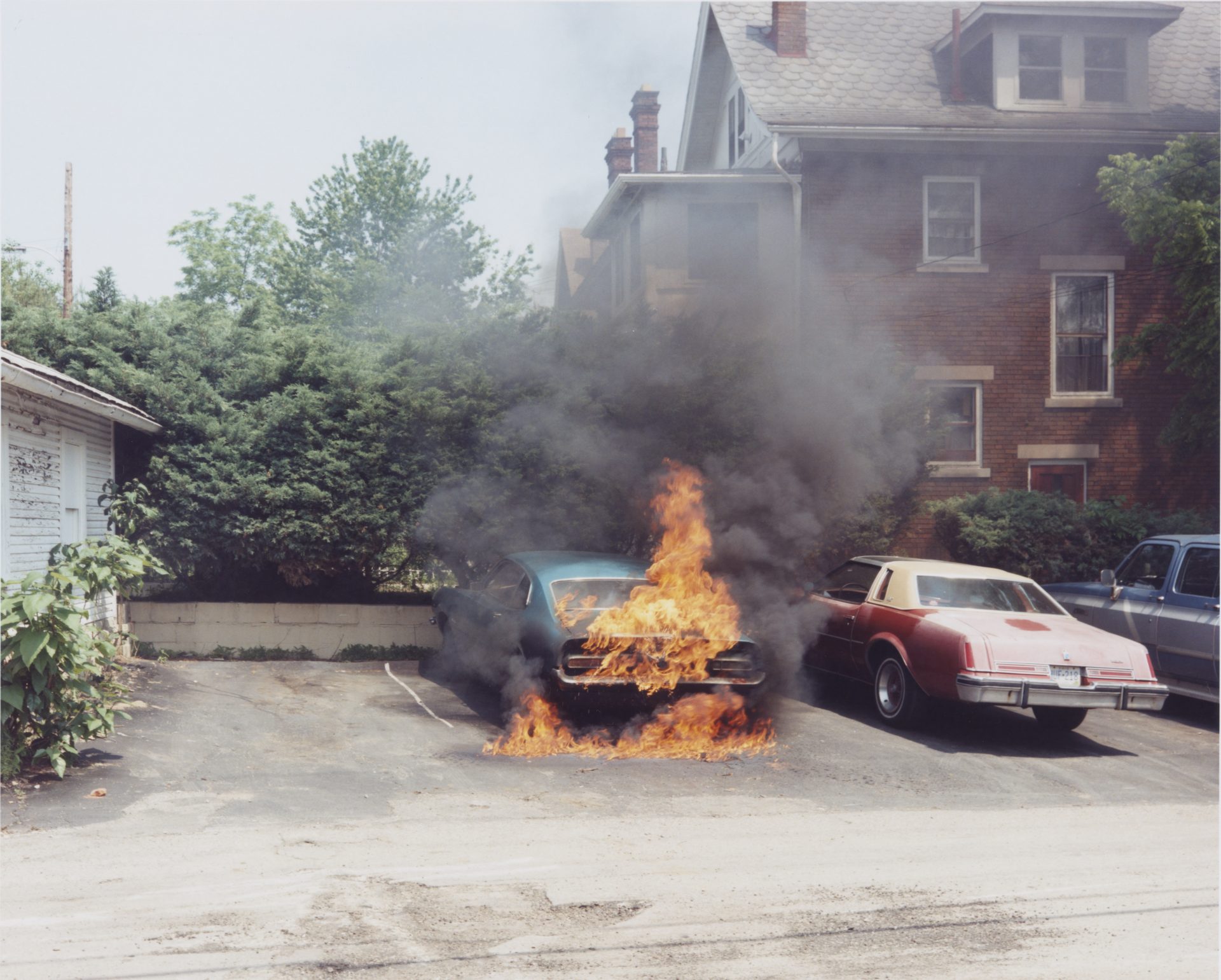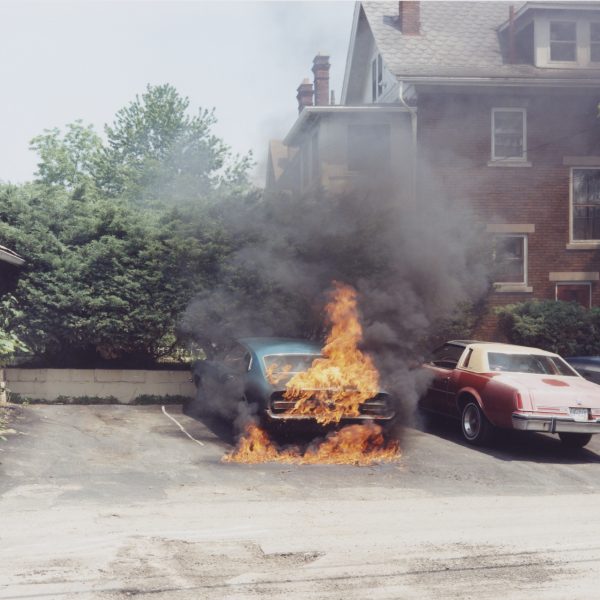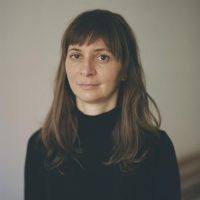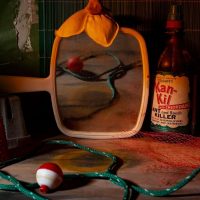Joachim Brohm is a German artist working in color.
*****Please consider supporting this episode by making a donation. every donation goes to bringing more episodes to light*****
Episode 41: To put it clearly for those of you who are about to listen to this episode, I have to tell you that I am incredibly biased about Joachim and his work. I came to Joachim’s work quite late in my education. I started with Ruhr and followed through with Ohio and then came to Areal and have been filling in the gaps since.
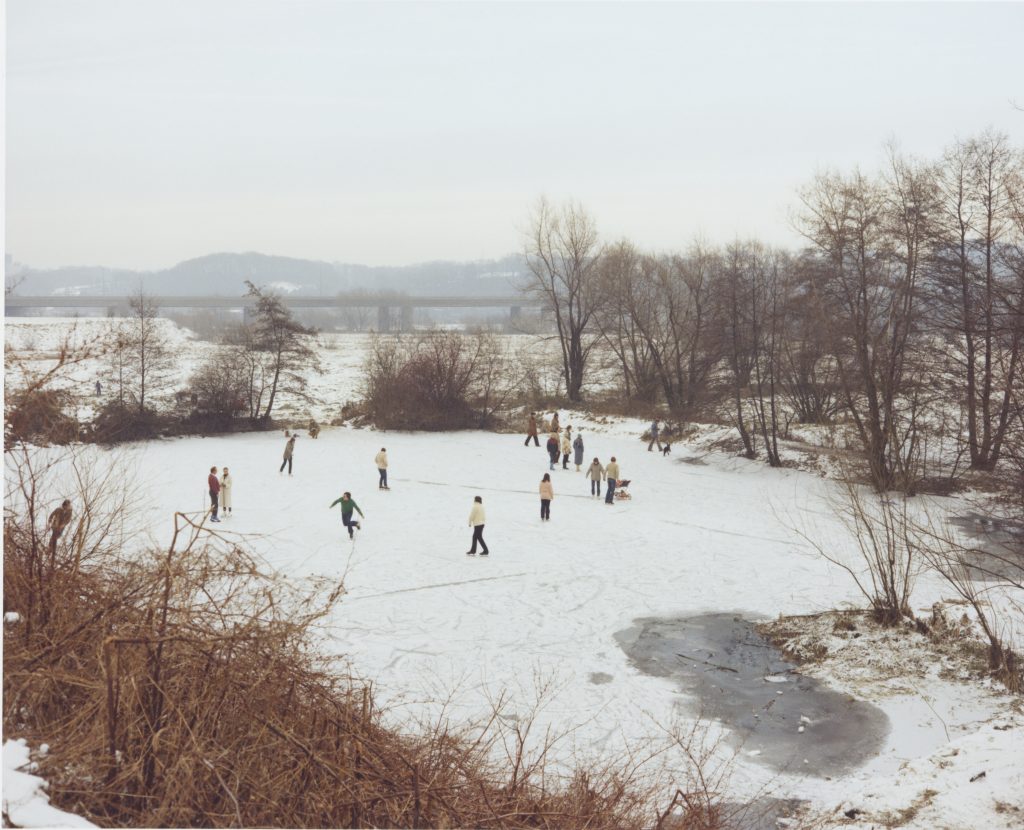
The most important aspect of Joachim Brohm is Joachim himself who has been kind and generous with his time. He is unstoppable as an artist and continues to make incredible work. He does not seem to slow down, but rather pushed forward in new and critically interesting fields such as architecture. His books are incredibly important and perhaps in my mind extremely underrated.
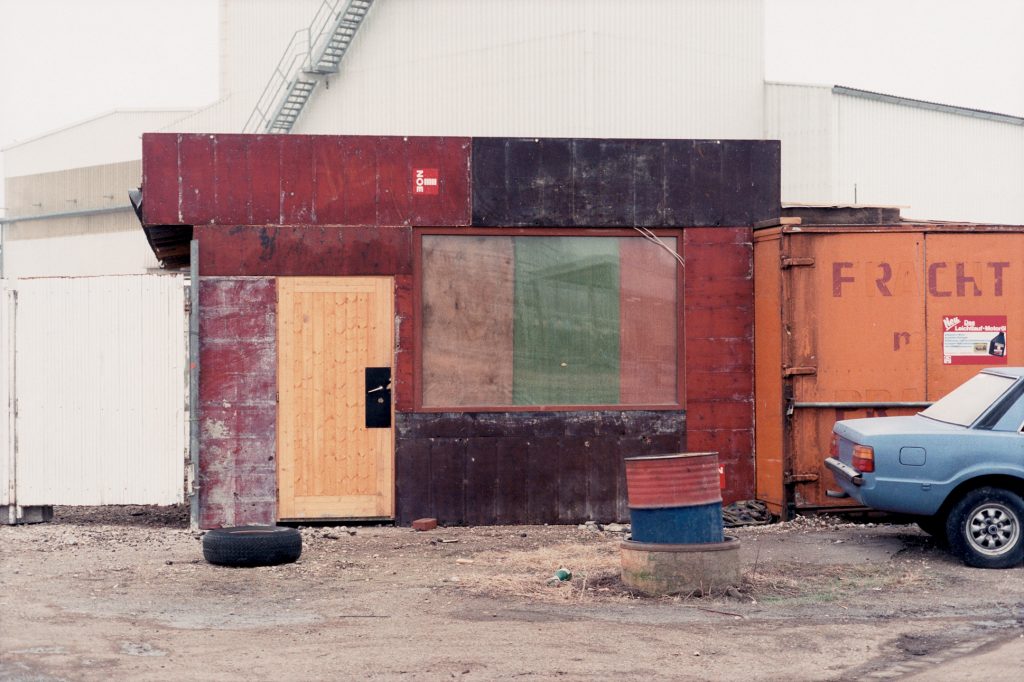
The reason that Joachim’s work attracts me is for his investigation of color, site, and architecture. I am interested in these ideas that he proposes as specific places such as the Kärcher site in Bavaria that we speak on with his work Areal. We touch a bit on his photographs of the Berlin Wall and various images of West Germany in the 1980s. We make a slight foray into his humble but incredible American work, Ohio. where he studied with none other than Allan Sekula.
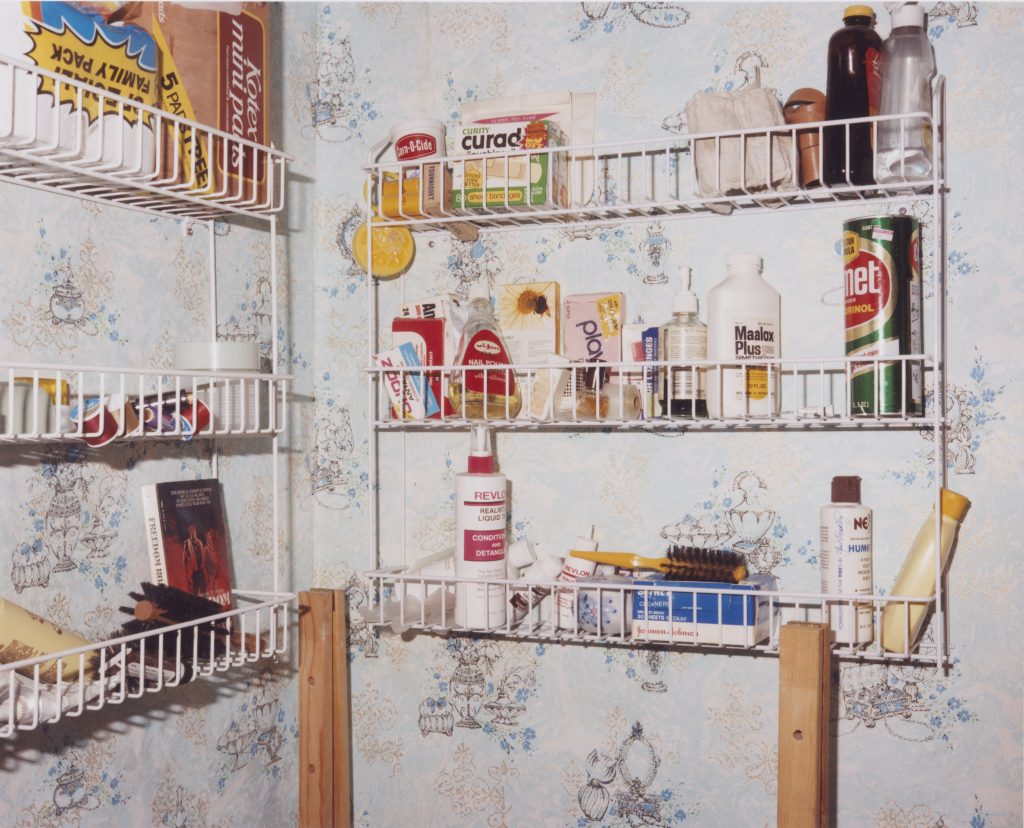
As for color, Brohm opened my mind up to the pursuit of how to consider the puzzle that it represents. For many artists working with photography, there is perhaps not such a major gap between the pursuit of monochrome and color images. For me personally, color is very subtle and it very difficult. It is somehow mathematical and demanding. I find often that it can lead to a maddening effect. With Joachim’s work, I was given a lesson in how to see certain shades and tones, particularly his use of orange, red and brown which continues to inform my own way of seeing photographically. This was profound for me as was the experience of speaking with the artist who would change my mind about the use of color.
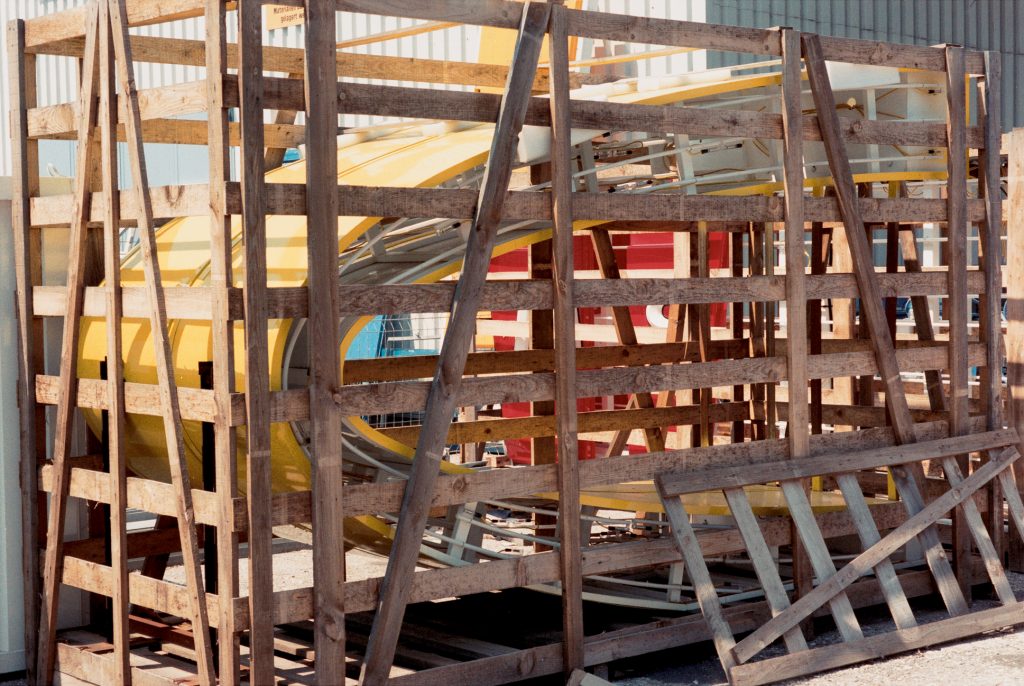
This episode was incredibly important and I hope you enjoy the content. A very special thank you to Joachim Brohm!
